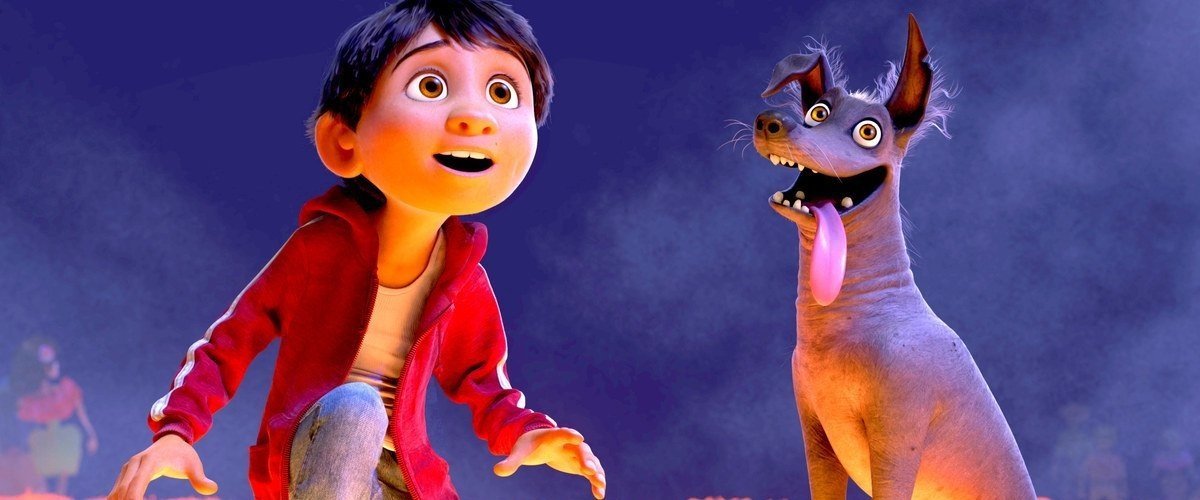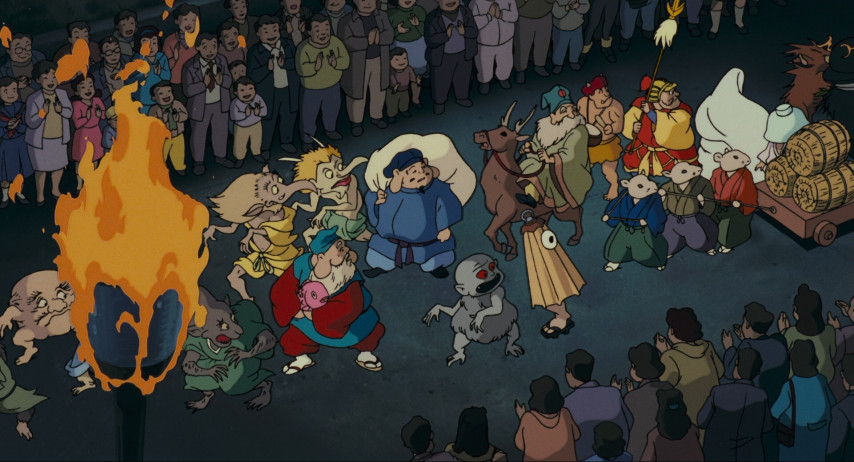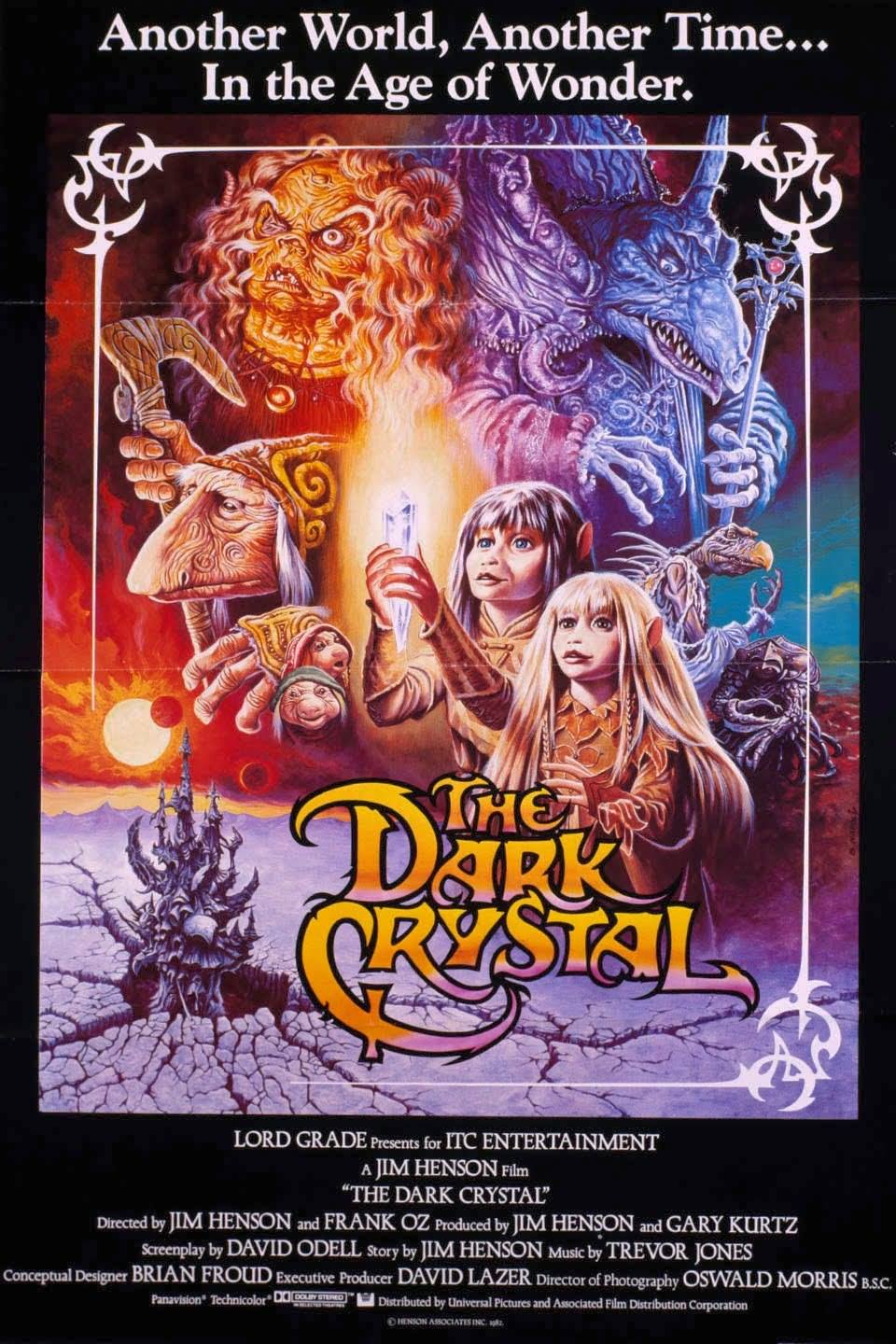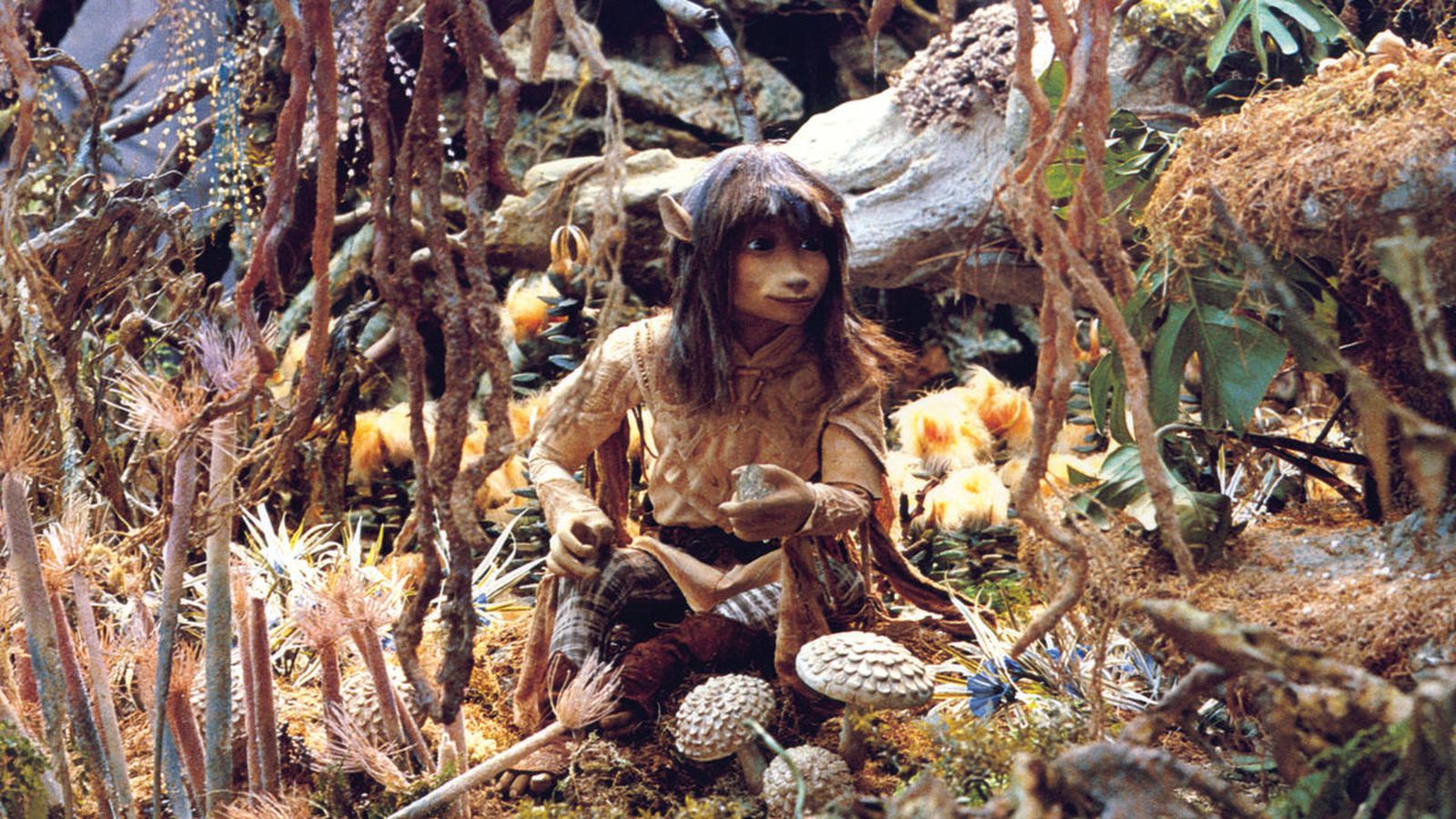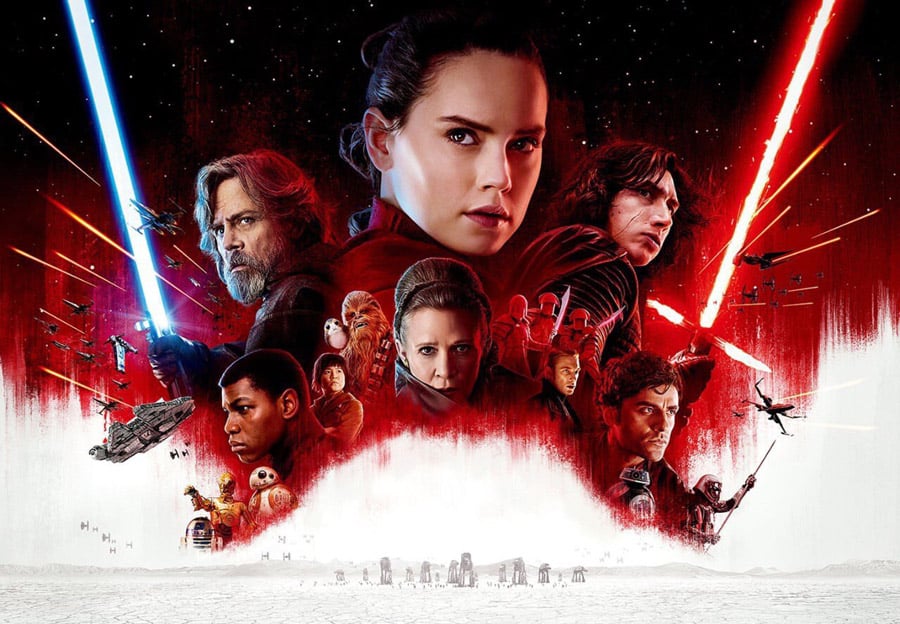Coco is a film I could barely wait to see. After hearing nothing but praise over the past couple of months from American critics, Disney's odd strategy of staggering the release of its animated films in the UK has finally seen the day that Pixar's latest is unleashed on audiences. Everyone knows the narrative of Pixar at this point - great early films that developed into genuine commercial works of art before petering out with uninspired stories and sequels to its classic/not so classic films with an occasional odd blip of brilliance. The fact is - Pixar is not the same studio it used to be. A lot of the talent has either moved or are in different roles that negate a more hands on approach.
One of the few still carrying the torch is Lee Unkrich, a co-director and editor for years at Pixar (assisting on films such as Toy Story 2, Monsters Inc and Finding Nemo). For his first credit as director, Unkrich was entrusted with the final entry in the Toy Story trilogy and returns with his wonderful second feature, Coco, a hauntingly beautiful film that possibly carries on the spirit of the studio's very best.
 |
| Coco is filled with the usual unbridled Pixar imagination with great characters and emotionally hefty plot |
We follow young Miguel who longs to be a musician, like his movie-star hero Ernesto De La Cruz. The only problem - his family has banned playing and performing music. This goes back generations, as Miguel's great-great grandmother had her heart broken by a musician who abandoned her and strictly forbade her children from enjoying music (instead encouraging them to be shoemakers). Not wanting to be tied down to the family business, Miguel steals De La Cruz's guitar from his tomb but finds himself transported to the Land of the Dead. Finding himself surrounded by skeleton spirits of the deceased (all trying to make it over to the land of the living for Dia De Muertos), it's not long before he bumps into bumbling deadbeat Hector. To get home, Miguel must seek a blessing from a deceased family member. The new friends team up in hopes of finding his mysterious musical great-great grandfather, who walked out on his family years ago ...
Coco, in a way, oddly reminds me of animation masterpiece Spirited Away. Young protagonist (both, coincidentally, aged 12) stumbles into an ethereal world inhabited by spirits. Certainly, Miyazaki's hand can be felt in the frankness of how the skeletons are dealt with and the overall look of the world. The Land of the Dead is a masterpiece of art design, lit by a beautiful fluorescent colour scheme with the most striking element being the bridge formed from marigold petals. Better yet, the whole setting is utilised well as a great stage from Miguel and Hector's adventures. Though the living world shouldn't be forgotten either - the streets of Miguel's home town have an almost photo-realistic look to them, adorned by candles as the residents await the festivities of Dia De Muertos.
 |
| Coco is a design masterpiece that has a bit of a Studio Ghibli vibe to it |
What is commendable is the sheer amount of respect given towards Mexican culture. The nature of Dia de Muertos is explained well, the cool idea of alebrije or spirit animals is full explored and local food, music and architecture feels authentic. I'm sure some will cry afoul at Disney appropriating yet another culture. But here's the thing. To quote YouTuber Lindsay Ellis "cultural appropriation is a neutral term". In our media, there are both positive and negative examples of cultural appropriation. One only needs to look at some of Disney's previous efforts to find negative ones (*cough* Pocahontas *cough*). It's a loaded term that I don't want to get into here. I would say Coco continues in a similar line to Disney's recent films (such as Moana) - respectful to the culture, with an entirely Latin American cast, that uses Dia De Muertos as a launching point to tell an exciting and emotionally packed story where the young audiences might actually learn something, whilst also getting a universal message. So, for me anyway, I have no issue with Coco in terms of its appropriateness.
Politics aside, the fact that I'm a blubbering wreck at the end of the film shows that Coco casts a powerful spell. Every beat of the story lands and every character moment feels earned, so when we reach the emotional climax of the film, an intimate small affair, its deeply sad but incredibly satisfying. There's a lot of time dedicated to setting up the rules of how the world works but when things get moving it becomes a enveloping experience. Miguel is an incredibly likeable protagonist and every character he meets on his way has their own distinct and memorable personality. I do particularly like Hector, a tragic figure who can't cross into the living world on Dia De Muertos because nobody remembers him. Which leads into a piece of music that links this all together - the song Remember Me, which has the emotional resonance to possibly become one of the future classic Disney songs (written by Frozen's song writing duo). In fact music is, of course, a huge element in Coco with a bunch of wonderful songs performed with pure unadulterated emotion.
It struck me as well that Coco has one of the rarest of things in mass family entertainment - a real third act. Now isn't that a novelty.
Time will tell if Coco stands as one of Pixar's all-time greats but for now we have a wonderful new film from the former masters of Western animation. Exhilarating, colourful and packing in an emotional wallop, Coco is everything you'd want from a Pixar film and a little bit more. Every story beat is pitch perfect and there's just this lively pace to the whole thing, helped by its gorgeous animation and colour scheme. If you have kids - take them to see Coco. If you don't, who cares because a quality film is a quality film - go see Coco.
My Pixar rankings, if you're interested:
Ratatouille > Wall.E > Up > Toy Story 2 > The Incredibles > Toy Story 3 > Inside Out > Toy Story > Finding Nemo > Monsters Inc. > A Bug's Life > Finding Dory > Brave > Monsters University > Cars > The Good Dinosaur
I haven't seen the Cars sequels, so they're not on there, and I need time to mull over where Coco stands...

